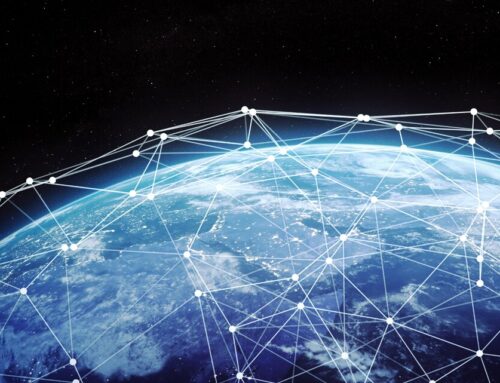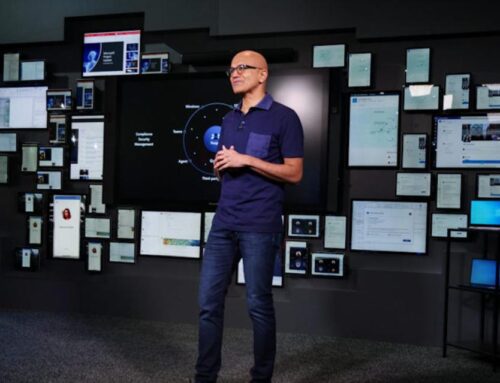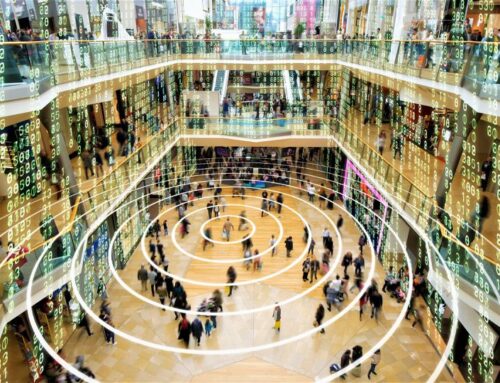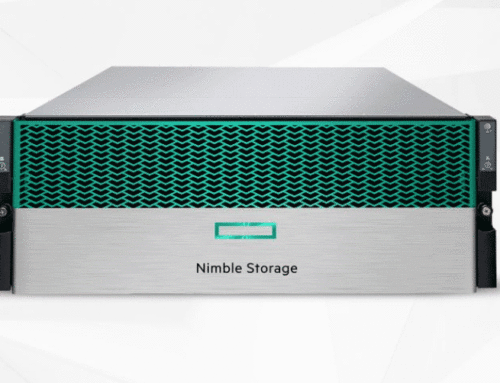Today organizations have to deal with so many emergent behaviors that the notion of central control as the only coping mechanism seems to be receding as a dominant management model. Freedom must be doled out further from the centrist idea by creating goals, constraints, boundaries and allowable edge behaviors. Someday software and hardware agents will negotiate their contribution to business outcomes on their own, but until then organizations will have to prepare themselves by managing coordinated autonomy.
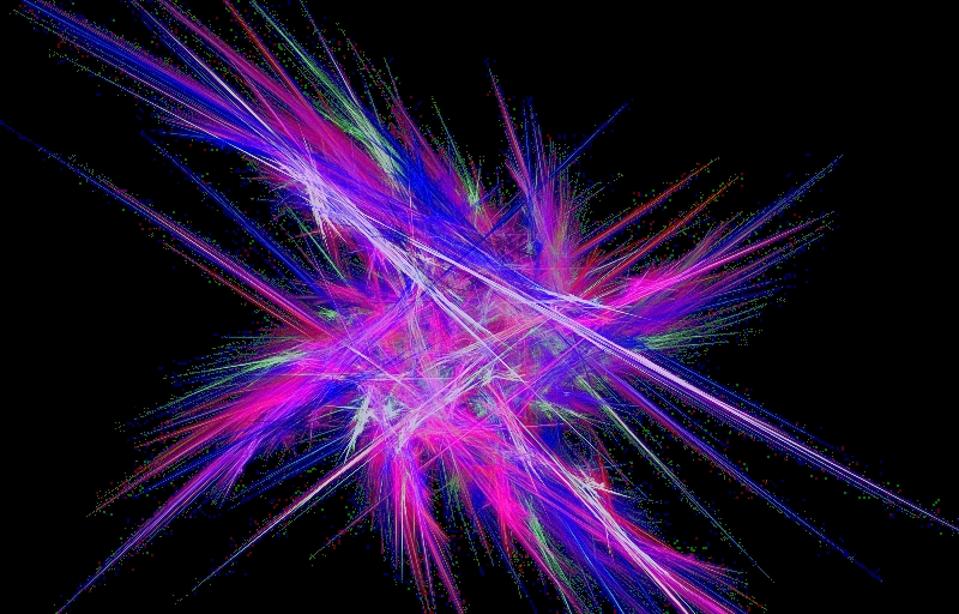
BrightAgent
JIM SINUR
Learning About the Potential at the Edge
Edge computing is a form of distributed computing which brings computation and data storage closer to the location where it is needed, to improve response times and provide better actions. Now, AI on Edge, can offer a whole lot of new possibilities. In Edge AI, the AI and other algorithms are processed locally on a hardware device or a distributed software agent. It uses data that is generated from the device/agent and processes it to give real-time insights in less than few milliseconds and allow for pattern recognition, fast decisions and better actions to deal with emergent conditions. We see have seen practical applications in smart buildings, smart cities and intelligent industry 4.0 supply chains. While most of the visible examples are in and around physical infrastructure, AI at the edge is starting to work at the customer, partner and employee edge interfaces as well. This is leading to more utilization of software bots, assistants and agents.
Trusting AI & Algorithms to Increase Freedom Levels
Today machines and software are programed with rules that are preplanned and inflexible for changing conditions. Somebody need to program those rules, decisions and actions ahead of time. Low code or no code shorten the time to change for emergent conditions. Another great approach is to learn for the emergence and adapt the rules, decisions and actions inflight. This requires a different trust level than in the past particularly with unsupervised learning. By giving hardware and software goals and constraints these freedom levels can broaden to deal with faster emergence. Organizations will have to learn new freedom and trust levels to take advantage of the speeds necessary to compete.
Enabling Digital Twins for Manage Adaptability
Every physical device and software agent will have a digital form of an interactive model that represents its logical self (twin). These models can be watched in interaction with other digital twins to observe, manage and change their behavior. Mining the behavior of the digital twin will create a observable behavior that can be overlaid on time lines or other forms of observation. The digital twin is a practical way to understand if a hardware or software agent is behaving well or badly, so that managers can take appropriate actions.
Net; Net:
Organizations will have to deal with emergent behavior whose footprints will likely be in big, fast and dark data, events or content. This will require new competencies, skills and coordinated sets of digital technologies. Organizations that embrace and take advantage of emergence will likely leverage AI at the edge and manage it well for their competitive differentiation.



